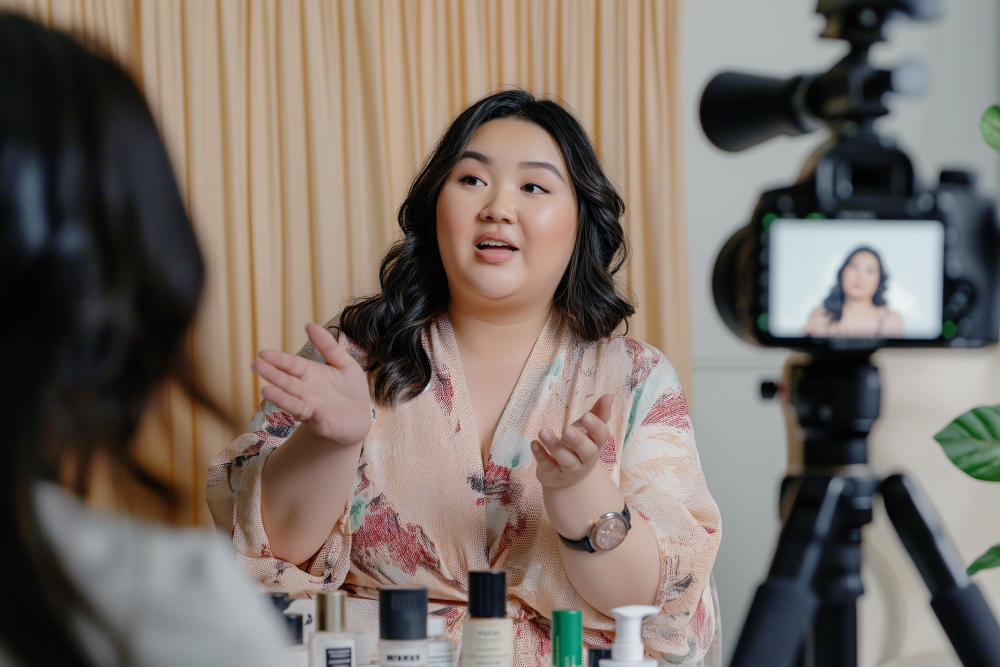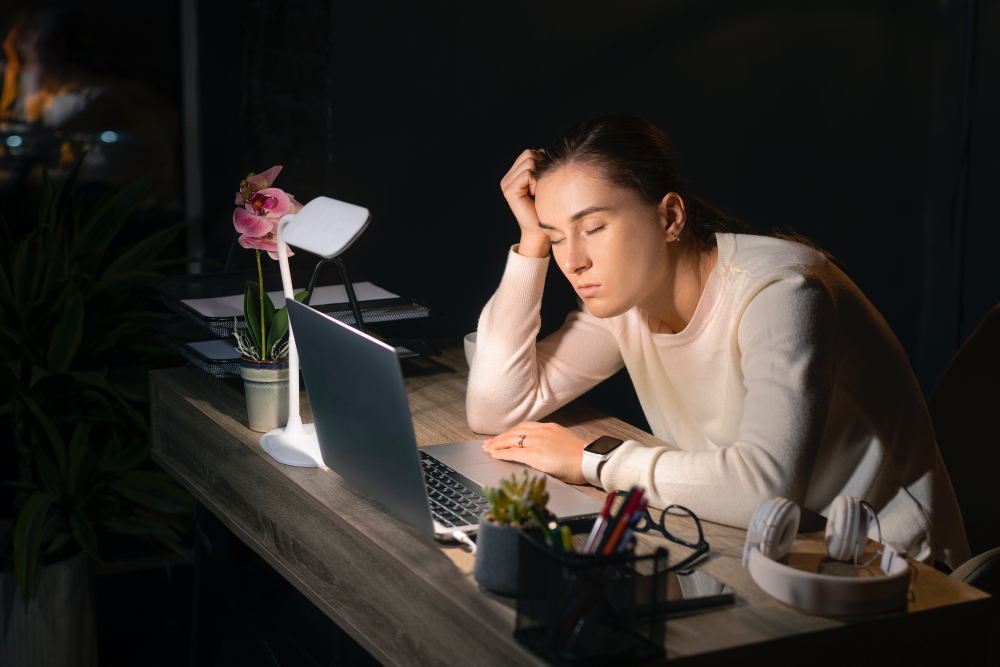
A decade ago, the possibility of posting content on various social media platforms being more than just a hobby and providing a significant source of income was often met with scepticism. Today, the landscape has changed dramatically. Social media influencers, also known as Talents or Key Opinion Leaders (KOLs), are prime examples of this shift. They have shown that social media marketing is not only a practical option but also a thriving industry, drawing interest and investment from companies worldwide.
According to Sue Howe on Meltwater, an additional 4.8 million user identities have joined social media in 2023, driving a 20% increase in the overall number of users compared to the previous year. These figures highlight the expanding impact of social media in Malaysia, indicating that marketers and brands have a prime opportunity to connect with a vast and consistently engaged audience. Thus, pursuing a career as a social media influencer who creates digital content for brands is now a viable full-time occupation.
While the role of a social media influencer may seem glamorous and financially rewarding, it also presents considerable challenges related to mental health. Influencers are often under relentless pressure to produce content that captivates their audience and achieves commercial success. Striving to achieve that delicate balance between authenticity with market appeal is not easy, potentially causing elevated stress and even burnout. Besides, this line of work requires them to be in public almost all the time, forcing them to maintain a certain image that further strains their mental well-being.
Today, Nuffnang will share insights into the experiences of full-time social media influencers, offering a glimpse behind the scenes into their lives. They spoke with Raj Mahal, a former radio announcer at Hitz FM now working as a full-time emcee and content creator. He shared his career experiences and how he juggled his responsibilities alongside taking care of his mental health.

1. Influencers often struggle behind the scenes while portraying only the best part of themselves on social media.
Raj emphasises that mistakes made on social media platforms can actually impact various areas of an influencer’s life. This instils a fear of public perception and acceptance since anything posted online can become a permanent social media footprint, accessible to everyone and potentially lasting indefinitely. Take a look at American comedienne, Jocelyn Chia, who made waves for her insensitive MH370 joke while doing stand-up comedy. This has immortalised Jocelyn in a bad light in Malaysia.
Raj recognises that being a social media influencer can also be mentally draining as the public scrutinises every action you make. “Creating new content also brings pressure, as audiences have existing expectations that they want you to meet,” says Raj. Raj, who was previously known for creating comedy videos, also experiences this. If he creates different content, the engagement or response from his audiences might not be so favourable.
2. Influencers often have little differentiation between their public and personal life.
The overlap between public and personal life makes managing mental health more challenging, especially when you are working as an influencer. For example, influencers often have less private space away from their followers. Stepping out for lunch or dinner in public spaces opens up these influencers to their loyal fans and followers who may come up to request photos. Even though they may just want to eat in peace, their personal lives can be disrupted this way.
Limited privacy can make it hard to have genuine personal relationships and relax, which are both critical for good mental health. Plus, when someone is struggling with mental health issues, maintaining an active presence on social media can be challenging.
3. Influencers also experience career ups and downs but still need to create content that performs.
Every occupation has its own rains and rainbows. You may feel like you love your job one day; the next day, you wake up with the urge to resign. The same thing happened to Raj, who shared that everything depends on your perspective and how you view the world.
For example, Raj, now a full-time content creator, shares, “If I’m having a bad day, I will still have to continue putting out content. As expected, the video’s content or outcome will be sluggish as I’m not able to put 100% effort into my work. Which can sometimes be a bit discouraging!” Many of us also have off days where we struggle to put out good work. Influencers experience the same thing too, and maybe even more so since they are technically working by themselves.

How can influencers cope better?
However, we believe that these issues are not something that anyone should strive to avoid. It’s all a normal part of life, especially if you love and care about what you do. Hence, all people (including influencers) need to learn how to overcome tough stuff rather than run away from them.
Raj shares that talking to people he loves, especially those working in the same industry, helps him overcome his troubles and manage his mental health better. His loved ones who are also doing content listen to his problems and give their opinion, assuring Raj that he is not going through it alone. “Creating content no matter how hard it gets is a skill that influencers must keep doing even though the content engagement is low and it needs to be doing numbers,” Raj encourages.
It is crucial to understand that having a robust support system—whether through professionals, family, or friends—is vital as it provides emotional backing and practical advice, helping them to manage stress and remain grounded in their personal and professional lives.
Final thoughts
Social media algorithms often change, creating opportunities for influencers to reach new audiences and improve engagement. However, this also means influencers must stay adaptable and knowledgeable about these updates to maintain their visibility and income. Embracing these challenges can lead to personal growth and innovation, allowing influencers to thrive in a dynamic digital landscape while managing their mental well-being.
To conclude, the influencer industry needs to pay more attention to and support the well-being of influencers in their journey of creating great content. Creating more conversations about mental health can help break the stigma and encourage healthier habits. By talking openly and supporting each other, we can help influencers succeed in the social media space and stay healthy; not only in their careers, but also in their personal lives.
This article was re-edited and published on Marketing Magazine and Business Today.